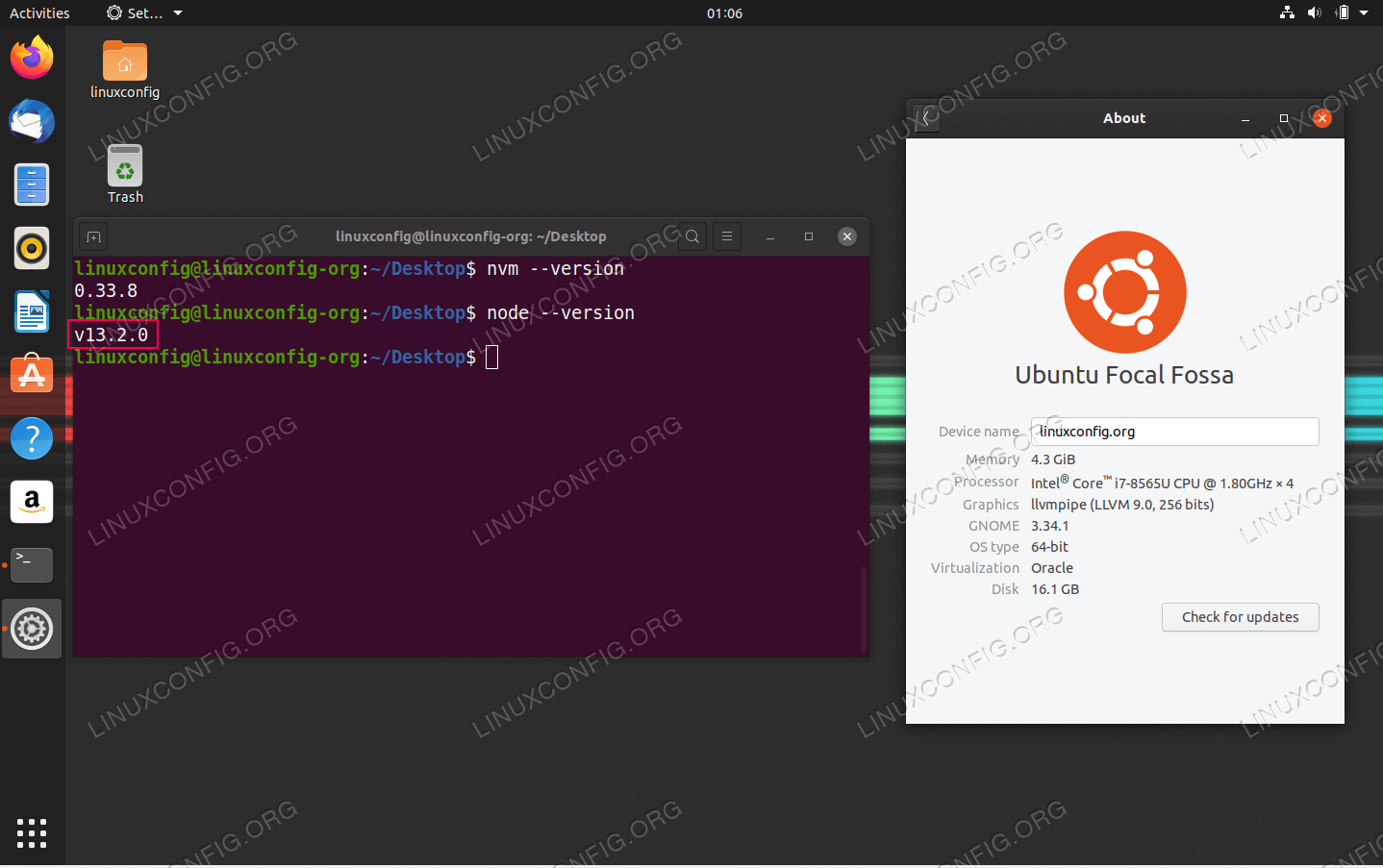

Switch Between Node.js Versions Using NVM If you want to install Node.js version v14.15.4, run the following command: nvm install v14.15.4 Next, run the “ nvm install node” command to install the latest version of Node.js: nvm install node You should get a list of all Node.js versions in the following output: v14.10.0 To list all available Node.js versions, run the following command: nvm list-remote So you can use your desired Node.js version with your application. NVM allows you to install multiple Node.js versions in your system. Next, activate the environment variable for NVM with the following command: source ~/.bash_profile This will install the NVM in your system as shown below: You should see the following output: 0.37.2įirst, install the curl command-line tool with the following command: dnf install curl -y Next, verify the installed version of NVM using the following command: nvm -version Next, activate the environment variable for NVM with the following command: source ~/.profile "$NVM_DIR/bash_completion" # This loads nvm bash_completion => Close and reopen your terminal to start using nvm or run the following to use it now: => Appending bash_completion source string to /root/.bashrc => Appending nvm source string to /root/.bashrc => Downloading nvm as script to '/root/.nvm' This will install the NVM in your system as shown below: % Total % Received % Xferd Average Speed Time Time Time Currentġ00 1462 0 0 70734 0 -:-:-:-:-:-:- 70734
#NVM INSTALL NODE DOWNLOAD#
Next, download and run the NVM installation script with the following command: curl | bash First, install the curl with the following command: apt-get install curl -y So you will need to install NVM using the script.
#NVM INSTALL NODE PASSWORD#

NVM also know as “ Node Version Manager” is used to manage and control multiple active versions of Node.js in Linux.


 0 kommentar(er)
0 kommentar(er)
